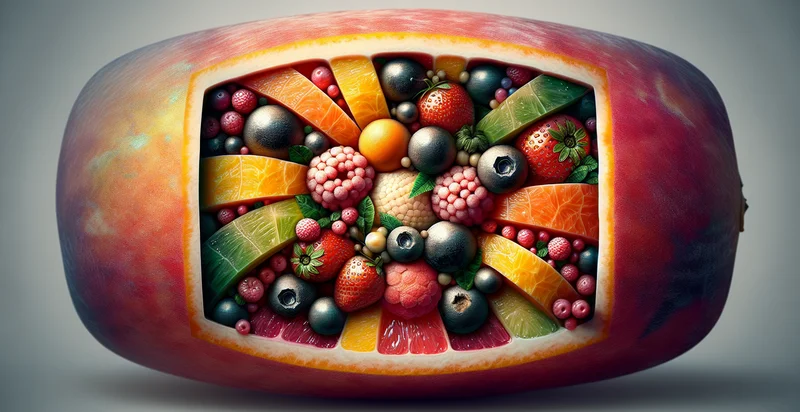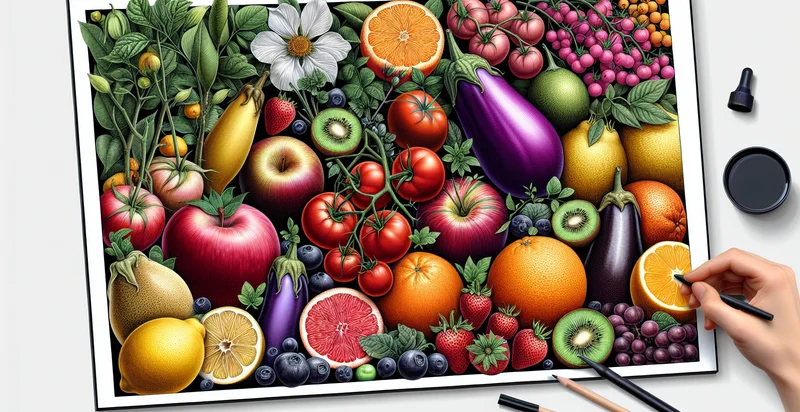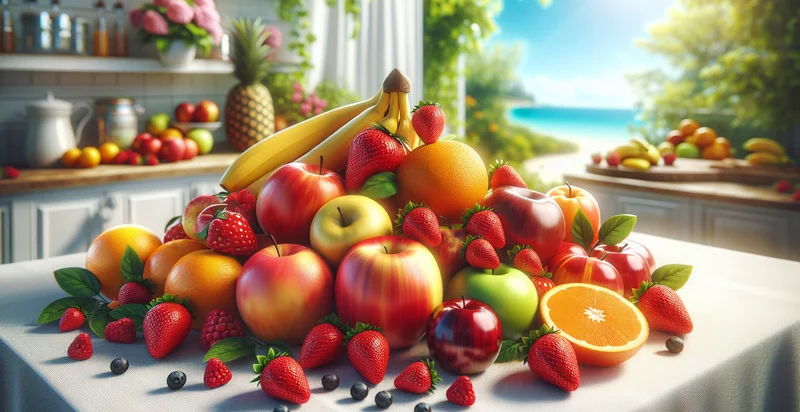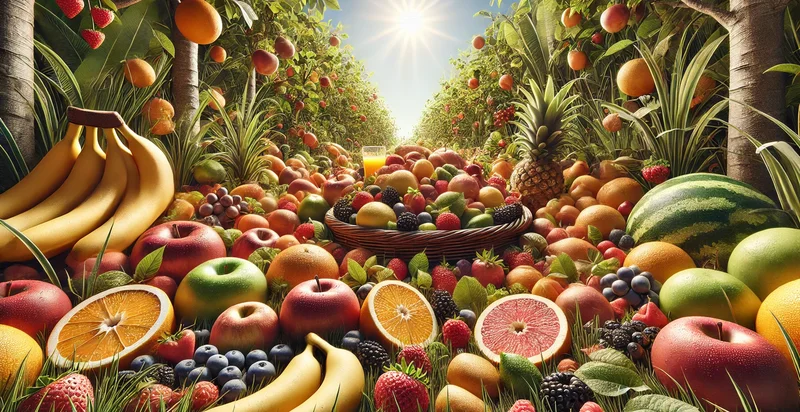Identify if there is a fruit
using AI
Below is a free classifier to identify if there is a fruit. Just upload your image, and our AI will predict if there is a fruit - in just seconds.

Contact us for API access
Or, use Nyckel to build highly-accurate custom classifiers in just minutes. No PhD required.
Get started
import nyckel
credentials = nyckel.Credentials("YOUR_CLIENT_ID", "YOUR_CLIENT_SECRET")
nyckel.invoke("if-there-is-a-fruit", "your_image_url", credentials)
fetch('https://www.nyckel.com/v1/functions/if-there-is-a-fruit/invoke', {
method: 'POST',
headers: {
'Authorization': 'Bearer ' + 'YOUR_BEARER_TOKEN',
'Content-Type': 'application/json',
},
body: JSON.stringify(
{"data": "your_image_url"}
)
})
.then(response => response.json())
.then(data => console.log(data));
curl -X POST \
-H "Content-Type: application/json" \
-H "Authorization: Bearer YOUR_BEARER_TOKEN" \
-d '{"data": "your_image_url"}' \
https://www.nyckel.com/v1/functions/if-there-is-a-fruit/invoke
How this classifier works
To start, upload your image. Our AI tool will then predict if there is a fruit.
This pretrained image model uses a Nyckel-created dataset and has 2 labels, including Contains Fruit and Does Not Contain Fruit.
We'll also show a confidence score (the higher the number, the more confident the AI model is around if there is a fruit).
Whether you're just curious or building if there is a fruit detection into your application, we hope our classifier proves helpful.
Related Classifiers
Need to identify if there is a fruit at scale?
Get API or Zapier access to this classifier for free. It's perfect for:
- Grocery Store Inventory Management: The fruit identifier can be integrated into grocery store inventory systems to automatically detect the presence of fruits in delivery shipments. This helps streamline inventory management processes, reduce human errors, and ensure shelves are stocked accurately.
- Food Waste Reduction: Restaurants can utilize the fruit identification function to monitor the freshness and condition of fruit supplies. By automatically identifying fruits that are nearing spoilage, management can prioritize their use in dishes, helping to minimize food waste and optimize resource use.
- Smart Shopping Applications: Mobile applications can leverage this technology to create a more interactive shopping experience for users. By scanning grocery items with their smartphone, users can receive instant information about the types of fruits available, including nutritional benefits and recipe suggestions.
- Agricultural Monitoring: Farmers can use fruit identification to assess their crop yields and health. By implementing Drones or cameras equipped with this technology, they can efficiently monitor the growth stages of fruit and identify any potential disease issues early, leading to better crop management.
- Nutritional Assessment Tools: Health-conscious applications can incorporate fruit identification to help users track their fruit intake. By simply scanning their food, users can receive a detailed report on their fruit consumption, enabling them to better meet their dietary goals.
- Automated Fruit Quality Assessment: Quality control systems in packhouses can benefit from this identification function by assessing the quality of fruits during processing. Automated identification allows for real-time feedback and sorting based on ripeness, improving efficiency in the fruit distribution chain.
- Interactive Educational Tools: Educational platforms can use fruit identification to create interactive learning experiences for children. By using AR (Augmented Reality), students can learn about different fruits, their characteristics, and health benefits simply by scanning real-life objects, making learning engaging and fun.


